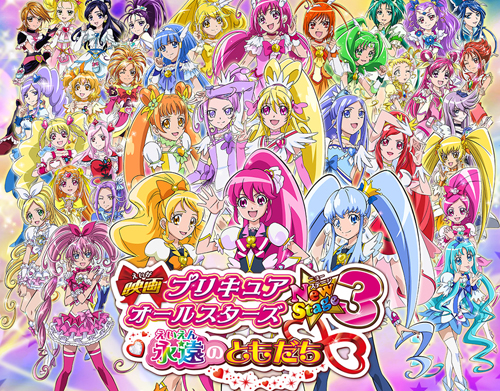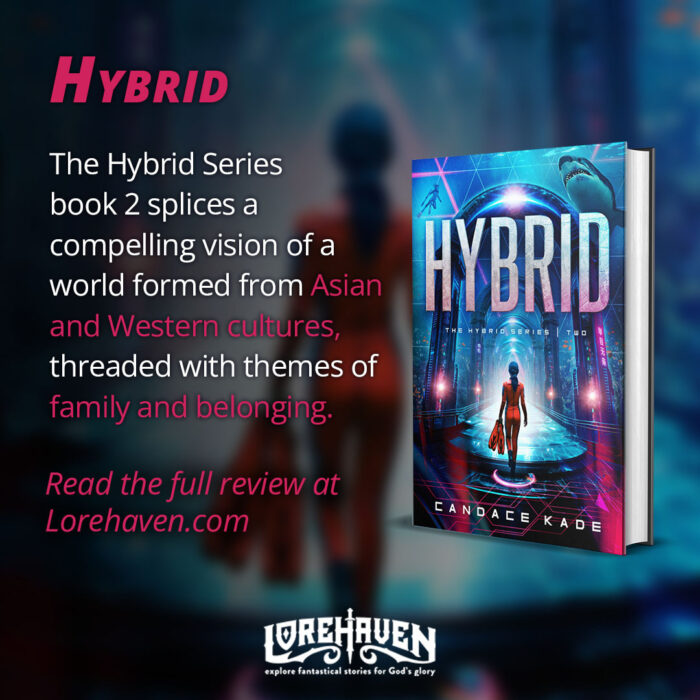A Combat Veteran Explores The ‘Pretty Cure’ Magical Girl Anime, Part 1
I want to admit something: (Deep breath) I’m a big fan of the “magical girl” genre in Japanese fiction.
I know, I know. The eyebrow-raising is already beginning. A grown man, who is a combat veteran no less, stating he likes “magical girl” shows? And what’s more, not the more “serious” ones like the Nanoha or Madoka franchises, among others. Why?!
The answer is simple. They are really good shows with great writing. As a bonus, more often than not, the stories have good moral and spiritual lessons that are most often made in a subtle, not in-your-face manner.
My goal here is to explore a recent story arc in a current magical girl show to illustrate why I think such shows are worth watching and that the stigma of them as “for girls” is entirely wrong.
Before I get to the spiritual lesson in question, let me begin my defense by giving information on the particular franchise whose show exhibited the edifying material.
 Introduction to ‘Pretty Cure’
Introduction to ‘Pretty Cure’
Pretty Cure, also known as Precure for short, is a long-running franchise. As of this writing it has run since 2004, about 10 years on the air. Like the Super Sentai shows, which inspired Power Rangers (and whose stock footage Power Rangers uses), they have a separate group every year or two. In the case of Precure, that group’s adventures occur in a separate continuity and dimension.
One of the directors of Precure’s first installments had previously worked on Dragonball Z. That fact will come as no surprise to anyone given the elements of the show and its crossover appeal. The show was intended from the start to have such appeal and cross demographic lines, and boy did it ever. Though it’s a shojo show—that is, designed for a demographic of teenage girls and younger—it also was designed to appeal to the seinen or adult male demographic.
Before someone acts like this is strange, this was also the reasoning behind two popular American shows. Both Avatar: The Last Airbender and My Little Pony: Friendship is Magic were shows explicitly designed to appeal to both children and adults. Precure also accomplished this in the beginning by having a healthy dose of post-modernism/realism (in a good sense) for such a show, as well as action and dealing with difficult issues.
For instance, in the first episode of the first series, Futari wa Pretty Cure (English: We Are Pretty Cure), the two heroines transform for the first time and utter the typically cheesy badass boasts — but one of them (Cure Black) incredulously asks what she just said. The characters in these shows question things and don’t blithely accept what they do and how they know what to do, very different from how many other shows of this genre have the heroes simply accept such things.
What about action? Well, it has been said that many a shonen—young male demographic—show would blush at the amount of punches, kicks, hitting enemies with another enemy (I kid you not) and so on in this franchise. None of the violence is overly gratuitous or gory, but it does have a lot more action violence than most shows with girl (or boy) hero protagonists.
The show doesn’t shy from deep characterizations and treatments of certain social issues. Instead the stories explore such issues in a mature manner. Some of these social issues only related to Japanese culture. Others cross cultural and national boundaries—and this, along with post-modernism/realism and action, is how the show earns fans from multiple demographics and outside of Japan.
A quick word on the title “Pretty Cure.” The actual Japanese word that comes across in English as “Pretty Cure” is the word “Purikura” meaning “Print Club,” which refers to booths in Japan where you get stickers printed up with your picture on them. What this strange pun has to do with fighting, magical warriors, or justice, I don’t know. My best guess is that it takes the notion of “Pretty” (English translation of a word in Japanese) in Sailor Moon, and is being punny by naming the magical warriors so ridiculously. But that is a guess. It’s a Japanese thing.
Next Tuesday I’ll explore last year’s series, Happiness Charge Precure, and a particular arc of that series that dealt with forgiveness.





































Good introduction. I’ve only seen the first precure myself.
The violence isn’t particularly bad, but it can be jarring. There’s a lot of talk in the west about strong female characters, but the heroines in Precure battle just like guy heroes; they look almost like Spiderman in how acrobatic they are, and how they mostly use fists and kicks instead of static attacks. Usually fights involve them pummeling/getting pummeled by the villains until they break out the ultimate ending attack. It’s quite a contrast from the girly character designs.
ONE OF US, ONE OF US.
Random nerdery: futari is a counting noun used to refer to two people, so a more accurate translation of Futari wa Puritei Kyua is “The Two of Us are Pretty Cure.”
Really? Cool. 🙂 I didn’t know that notleia. It makes sense. I think that some of the ins and outs of Japanese can be lost, so thank you for sharing that. I always look tidbits like this.
For instance, in Fairy Tail, Natsu says something about being in Hell in the second or third arc when Lucy is dressed as a maid/or acting like a maid. Something like that. If it were not for the translation notes in the back of the manga, someone might have thought he was being a bit too sarcastic and mean, but it turns out the pronunciation of the Japanese characters for maid and hell sound alike.
The sad thing is that some of these can not easily translate to English, but there are some talented translators that actually come up with a way to get across the point or do a similar pun or joke (though not always the same intent) in English.
Wow! Great introduction!
I’ve seen the links posted, and honestly, it looked a little kinky. Add in that grow men watch it and I was giving all the side eye. But this is an excellent explanation of what it is and why it appeals.
Where do you watch these shows? I have Netflix and an Amazon Prime account. Or is there a website you go to? I’d love to check this series out.
I think the first season is available both on prime and netflix. I don’t know where other seasons are available. Toho studios is behind Precure, and they do poorly in bringing things over to the west.
Mainly on fansubs. It is not kinky so much as just adults liking the action and kids liking both, and little girls (and some boys who have said interests) liking fashion, jewelry and dresses. If you look it up on Google, you can find links to stuff, and Youtube has vids too.
By the by, Hi Mary! *Waves* 🙂
Nice introduction. Everything you said is the reason why I am a PreCure fan (and will always be). But there’s one thing. Pretty Cure in Japanese is “Purikyua” not “purikura”. “Purikyua” comes from the English word “puriti” (pretty) and the word “kyua” which can be translated as “cure”. I used to think it was purikura too. 🙂